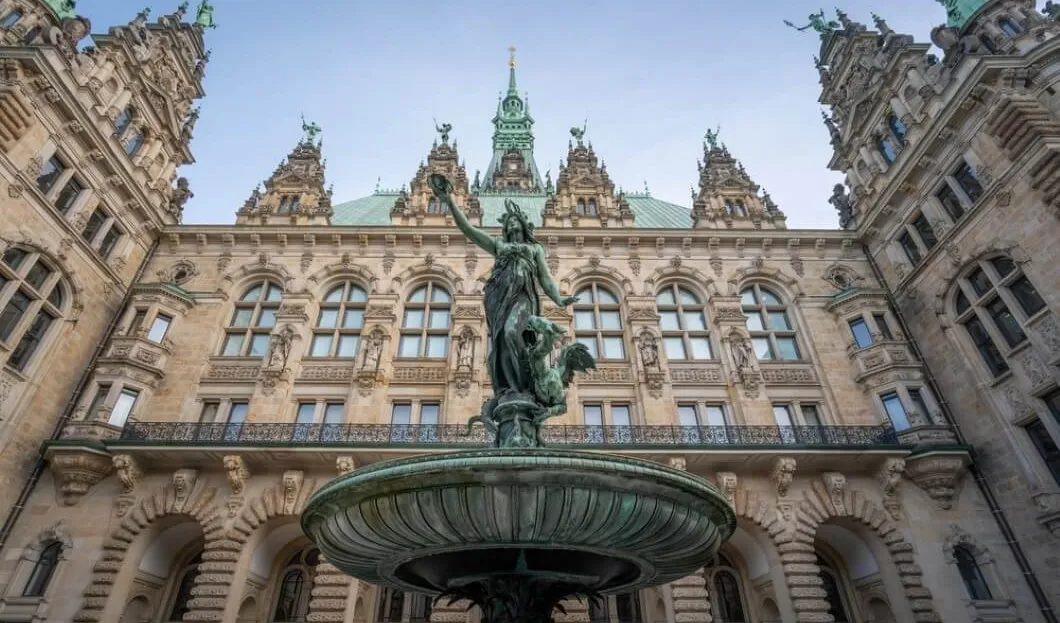
In 2023, Germany became the top destination for city tourism and cultural travel among Europeans. The country offers a diverse range of high-quality experiences that cater to the varying needs of its demanding target groups.
Based on evaluations of various international studies, the German National Tourist Board (GNTB) has identified city tourism as having the most significant potential for recovering German incoming tourism in 2024.
According to IPK International, out of the 46.5 million trips made by Europeans to Germany in 2022, 11.1 million were city trips, and 3.8 million were round trips. From January to August 2023, the recovery of city tourism reached 83% compared to the record numbers of 2019. Based on forecasts from multiple market research institutes and assessments, by 2024, incoming German tourism will return to record numbers in 2019.
According to the European Travel Commission's Monitoring Sentiment in Intra-European Travel report from October 2023, city breaks are the most popular travel segment among Europeans, at 19.3 percent. Culture and heritage follow this at 16.7 percent, and nature trips are at 13.5 percent. Interest in city trips remains high, while demand for Sun & Beach and Coast & Sea is decreasing. Cultural and city tourism clearly show an upward trend.
Germany's tourism industry has been showing signs of recovery, with international overnight stays reaching 89.6% of the 2019 values from January to November 2023, totaling 74.9 million stays. Detailed results have been available until September 2023, and the Magic Cities have already achieved a 91.6% recovery rate. In the first nine months of 2019, cities accounted for 45% of the total overnight stays by international guests, which reached 43% in the same period of 2023.
The largest source markets that provide tourists to Germany also make above-average contributions to city tourism. The USA is the leading source market for city tourism, with 3.4 million overnight stays in the Magic Cities and the capital, Berlin, followed by Great Britain with 2.2 million and the Netherlands with 2.1 million. Other top countries that have contributed with over a million overnight stays in these cities include Switzerland, Italy, Spain, Austria, France, Denmark, and Poland.
An evaluation of the World Travel Monitor by IPK International in 27 countries found that 93 percent of travelers to Germany are interested in combining a city trip with nature or landscape. Of those, 34 percent would focus on the city, 21 percent on nature, and 37 percent on both the city and nature. The GNTB has launched the "Stay a Little Bit Longer" initiative to encourage international guests to stay longer in Germany. This campaign promotes combined travel offers of city trips and a stay in the surrounding area, contributing to climate- and environmentally-friendly travel. Additionally, this campaign aims to increase the economic value of travel and bolster tourism in rural regions.
Urban centers in Germany are undergoing significant changes. Retail, once the primary feature of city centers, has now partially moved to digital marketplaces due to the platform economy. Meanwhile, many German municipalities are creating innovative, eco-friendly mobility and transportation concepts. As a result, the city of the future is becoming more innovative, combining flexible mobile working, temporary art events, history, and socio-cultural meeting spaces. This development aligns with the unique regional identity of the surrounding area. The "Cultureland Germany 2024" campaign by the global GNTB addresses these trends.










